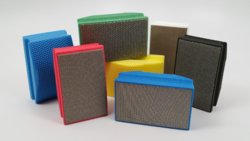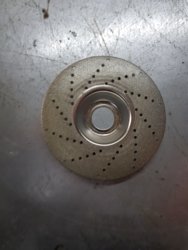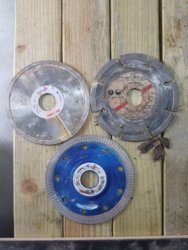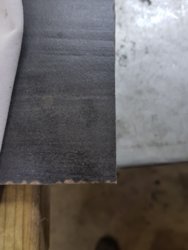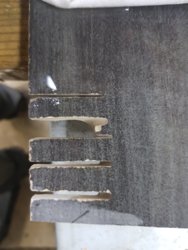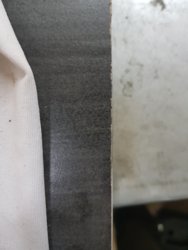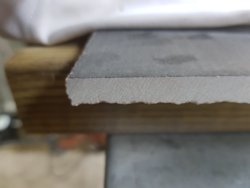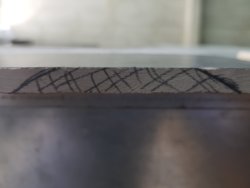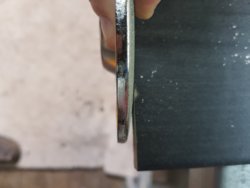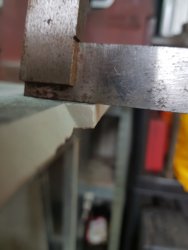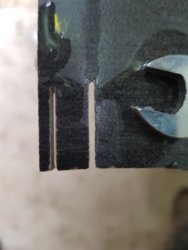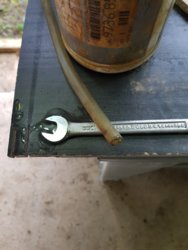J
Julian 'Farmer' Bonsall
Hello
When cutting ceramics with my table saw (Wet Saw, 180mm disc, MARCRIST DIAMOND TILE BLADE from screwfix) I get some small chipping to the glaze. On a recent kitchen I moved to cutting almost all tiles with a grinder as it was much quicker (using either a ck850 or Protilers blade) but there are still small marks on the glaze. I used the side of the cutting edge to remove the very small amount of tile to remove this unwanted edge.
I noticed on the forum various grinding pads and wondered if a set would be useful for my toolbox. I was looking at something like this :
Sigma Diamond Grinding Pads (multiple grits available) | Buy Sigma Tile Cutters Online from Pro Tiler Tools - https://www.protilertools.co.uk/product/sigma-diamond-grinding-pads--multiple-grits-available-
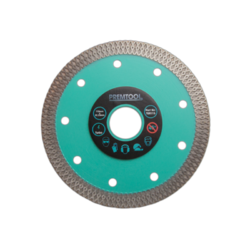

When cutting ceramics with my table saw (Wet Saw, 180mm disc, MARCRIST DIAMOND TILE BLADE from screwfix) I get some small chipping to the glaze. On a recent kitchen I moved to cutting almost all tiles with a grinder as it was much quicker (using either a ck850 or Protilers blade) but there are still small marks on the glaze. I used the side of the cutting edge to remove the very small amount of tile to remove this unwanted edge.
I noticed on the forum various grinding pads and wondered if a set would be useful for my toolbox. I was looking at something like this :
Sigma Diamond Grinding Pads (multiple grits available) | Buy Sigma Tile Cutters Online from Pro Tiler Tools - https://www.protilertools.co.uk/product/sigma-diamond-grinding-pads--multiple-grits-available-



